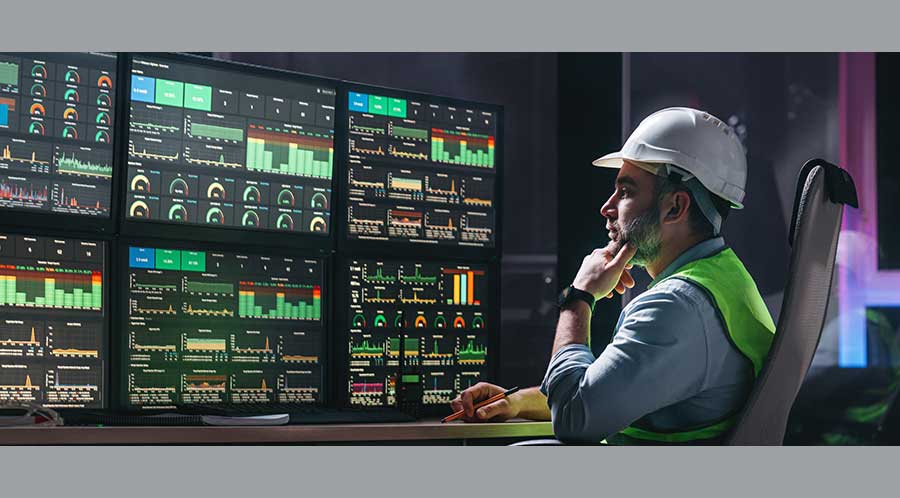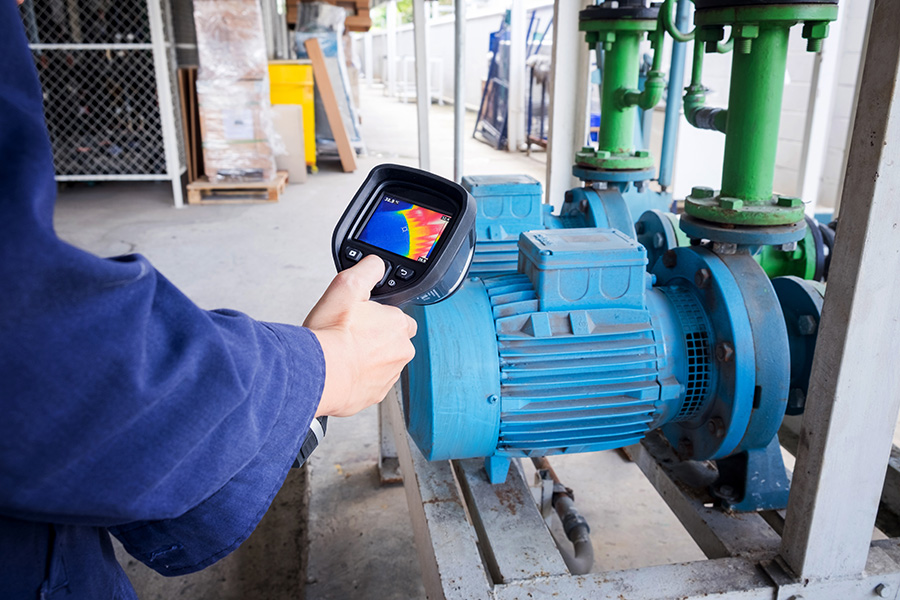The Search for IT Support
Information technology (IT) support can create intense struggles for maintenance and engineering managers within their organizations. Each year, departments invest in technology to support the maintenance mission, including CMMS databases, PDAs, bar coding, building management systems and program interfaces.
One struggle with such investments is whether a manager can rely on an organization’s IT department for support. An alternative is to create a specialized IT support function within the department.
The time to decide is now, and here is the reason: Departments are in the middle of a technology explosion, and effective and reliable technical support is essential to maximize underused technologies, such as CMMS.
Security and privacy issues also are increasingly important, and the consequences of a disaster that causes the loss of accumulated knowledge and experience could be monumental. Maintenance work, which is growing in volume and complexity, demands faster, better and more cost-effective technical support.
A structured assessment of the technical support system for maintenance and IT reveals that the best way for managers to drive this issue toward a sound decision exists in one of four strategies.
They can assign duties solely to the maintenance department. This approach works well in small, centralized operations where one person wears several hats and data sharing outside the department is not an issue.
They can assign it solely to the IT department. Or they can assign it mostly to the IT department, with maintenance planners or remote administrators in maintenance department shops acting as liaison to IT. Or they can outsource some or all IT technical support, using one of these three strategies.
Managers in small, centralized organizations might succeed using a combined system administrator. But a larger department with many area shops will need remote administrators in some areas, as well as administrators in the IT organization who specialize in mainframe systems and programs, databases, network administration, and Web development.
In between is a spectrum of choices. Remote administrators offer a number of benefits. The generally are familiar with maintenance operations and the user side of CMMS. They know about network interfaces and provide liaison with IT. They provide new staff with CMMS training. And they perform maintenance related to lost passwords, full hard disks and navigation problems.
Whether managers perform this assessment in-house or outsource it, the process reveals the required department activities, skills and time, based on function. Managers then can compare these facts to existing organization job descriptions and duties. The next step is to perform a needs analysis for technical support, comparing department IT needs to currently available staff skills. Any gaps reflect an organization's needs when it comes to technical support.
Where managers have applied this time-tested approach to IT functions, results have been outstanding — often, a 20 percent improvement in the amount of work done by existing staff and at a lower cost.
Projections of IT costs as a percent of total budgets are climbing sharply, from 3-4 percent just a few years ago to 15 percent in the next few years. Managers who thoroughly assess the link between IT and maintenance technical support can put their departments in a much better position to use technology to help deliver faster, better, and more cost-effective maintenance.
Related Topics:











